Ambush Trading Method – Trading Educators
Description:
The Ambush Trading Method™ was launched in 2007. It’s proven itself in many different market conditions since then, not only in backtests, but also in forward-testing.
Ambush supports a variety of markets, including:
- Futures: Stock Index, Commodity, Currency, and Interest Rates
- Spot Forex Markets
- CFDs on any of the supported markets (results may vary, depending on your broker’s quotes)
Ambush Trading Method is based on Daily charts, so there is no need to sit in front of a screen to watch all day. When the market you want to trade opens, you place your limit entry order and your protective stop, and you go on about your business. You will always close your position on the same day you entered the market. This means there’s no overnight risk, and depending on your broker, this can make a huge difference in relation to margin requirements.
Understanding the Ambush Method
The idea of Ambush is actually quite simple. As markets became more and more difficult to trade on a breakout-basis using a daily chart, Marco started to look for a way to exploit that reality. The problem was how to get into a market when many traders are “trapped” in their trades, and how to profit when they lose. This sounds tough, but these are often some of the best trades you can get into.
In other words, you’ll “ambush” those traders who’re buying or selling when it’s statistically a very bad idea to do so, at least on a short-term basis. Odds are their trade will fail, and when it does they’ll have to quickly get out, or even reverse their trades, which will drive prices strongly into our direction.
This means Ambush is a counter-trend method on a short-term basis. It doesn’t necessarily go against the long-term trend of a market that has been trending for weeks, but it does go against trying to get into the market during short-term trends when the odds favor an intraday-reversal. Still it’s based on daily charts and you don’t need to watch the markets during the day, which makes it a quite unique method. It actually allows you to profit from significant short-term intraday-moves without being tied to the screen!
Simple Rules
Ambush Trading Method is not a black-box system. Instead, we give you the complete trading rules which allow you to become really comfortable with the method.
- This method uses simple, clear rules. They tell you exactly:
- At what price to place your limit entry order.
- At what price to place your protective stop-loss.
- When to get out of a trade.
- The exit-rules used by Ambush are very simple. There’s no profit target involved, and the stop-loss is only a catastrophic stop-loss. This means that one of the biggest issues of method-development, which is overoptimizing the exits, doesn’t apply for Ambush.
- You will become a member of a private section where we post the latest set of market suggestions and specific parameters for fine-tuning the method to each market. The fine-tuning is done in a way that avoids over-optimizing the method, and targets robustness instead of performance. This gives us an additional edge in each of very different markets, while applying the same basic method.
- Since markets change, we continue to look 2-3 times each year for new markets to add to our list of suggested markets.
Ambush Trading Example
Below is an idea of what an Ambush trade actually looks like.
In looking at the chart below, ask yourself
“Is it possible to successfully trade in such choppy market conditions?”
Daily chart of the Australian Dollar Future (6A, traded at the CME):
The answer is YES, Ambush can.
This example clearly shows how well the concept of Ambush works in a real market. Notice on how many trades we get in around the high/low of the day, and how strongly prices reverse from there.
As you can see, Ambush managed to make a total of $3,200 profits.
Don’t sit and watch prices intraday all day long in order to make these trades.
Simply place your orders at the beginning of each new trading day, place your stop, and walk away.
Performance Reports for the Ambush Trading Method™
The above Australian Dollar Futures example shown represents just a small sample of trades in only one market. It was a very good period for Ambush in that market, and as you know, it is not always like that. While this gives you an idea of what Ambush trades looks like plotted on a chart, it doesn’t tell you anything about the actual long-term performance of the method overall.
And while you can trade Ambush in just one market, it’s actually better to trade it in multiple markets at the same time. This way your trading will diversify nicely, and give you more robust results and smaller drawdowns long-term.
Look at our detailed reports for each of the markets. Whether you’re interested in Futures or Forex.
- Performance Reports Futures
- Performance Reports FOREX
What you need
All you need to use with Ambush Trading Method is daily-charting software of the market you want to trade.
Ambush also uses two indicators which can be found in most charting software programs:
- ATR (Average True Range)
- RSI (Relative Strength Index)
Bond -Stock Trading course: Learn about Bond -Stock Trading
Bond trading definition
Bond trading is one way of making profit from fluctuations in the value of corporate or government bonds.
Many view it as an essential part of a diversified trading portfolio, alongside stocks and cash.
A bond is a financial instrument that works by allowing individuals to loan cash to institutions such as governments or companies.
The institution will pay a defined interest rate on the investment for the duration of the bond, and then give the original sum back at the end of the loan’s term.
A stock trader or equity trader or share trader is a person or company involved in trading equity securities.
Stock traders may be an agent, hedger, arbitrageur, speculator, stockbroker.
Such equity trading in large publicly traded companies may be through a stock exchange.
Stock shares in smaller public companies may be bought and sold in over-the-counter (OTC) markets.
Stock traders can trade on their own account, called proprietary trading, or through an agent authorized to buy and sell on the owner’s behalf.
Trading through an agent is usually through a stockbroker. Agents are paid a commission for performing the trade.
Major stock exchanges have market makers who help limit price variation (volatility) by buying and selling a particular company’s shares on their own behalf and also on behalf of other clients.


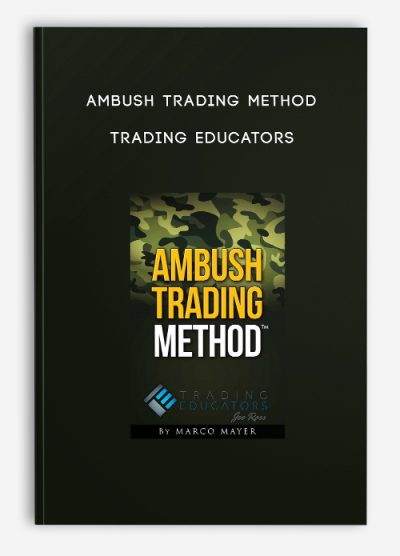


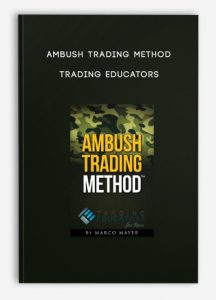
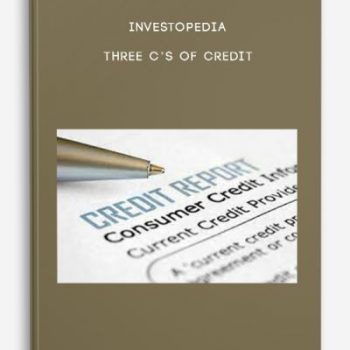
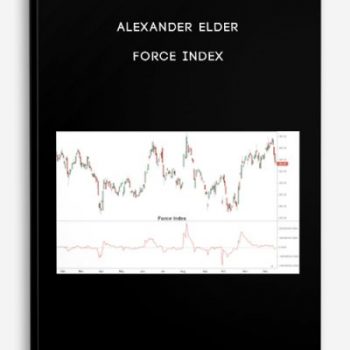
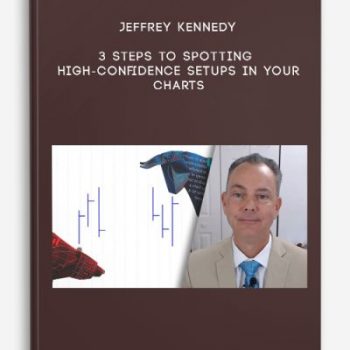

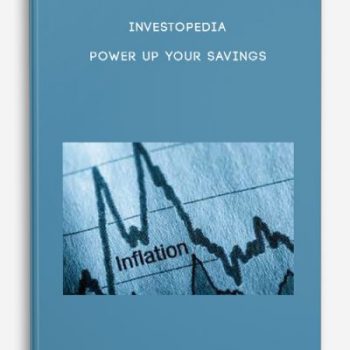
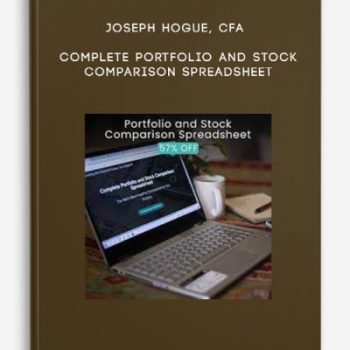

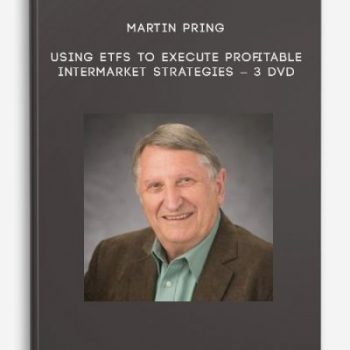
Lord –
This is Digital Download service, the course is available at Vincourse.com and Email download delivery.